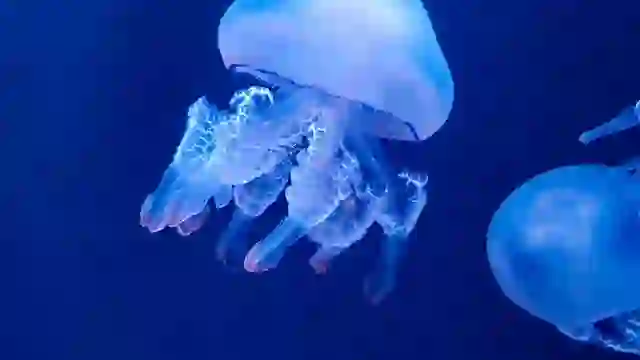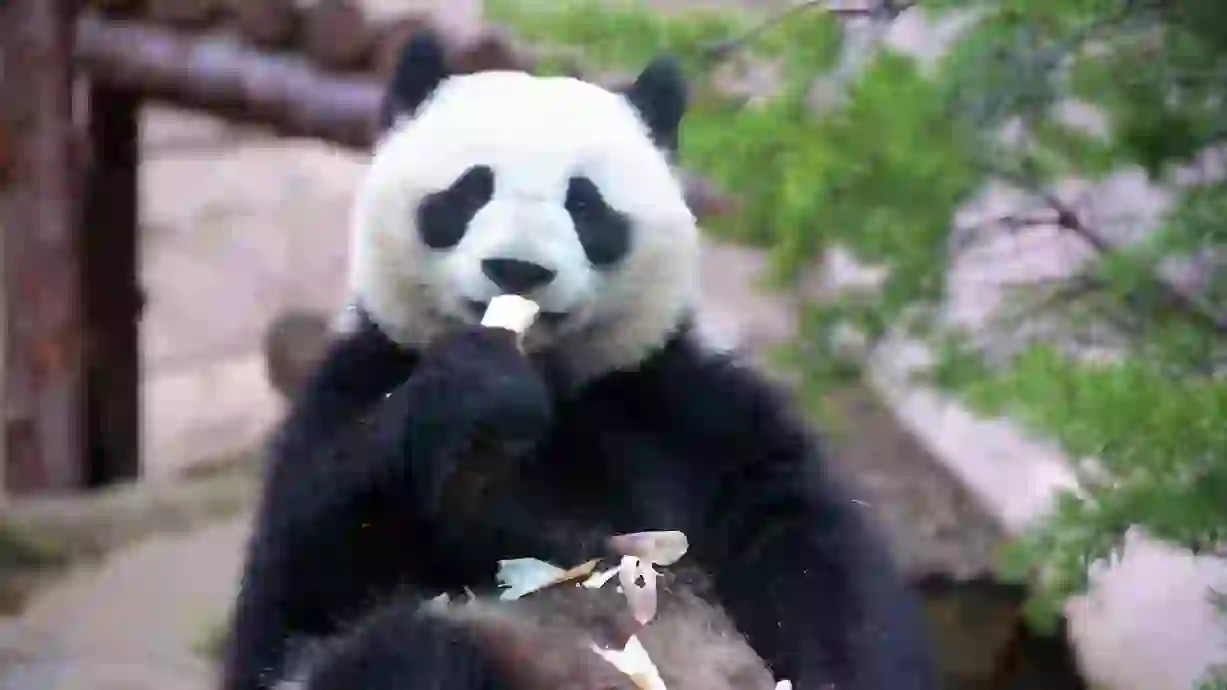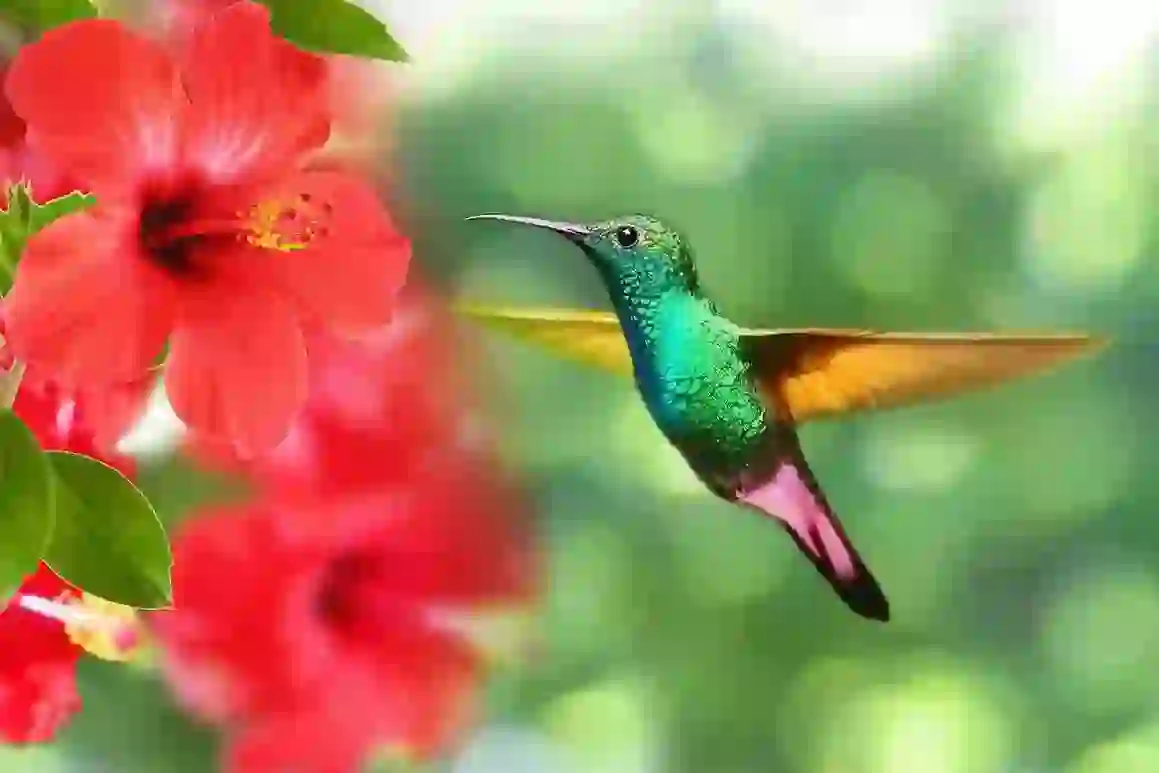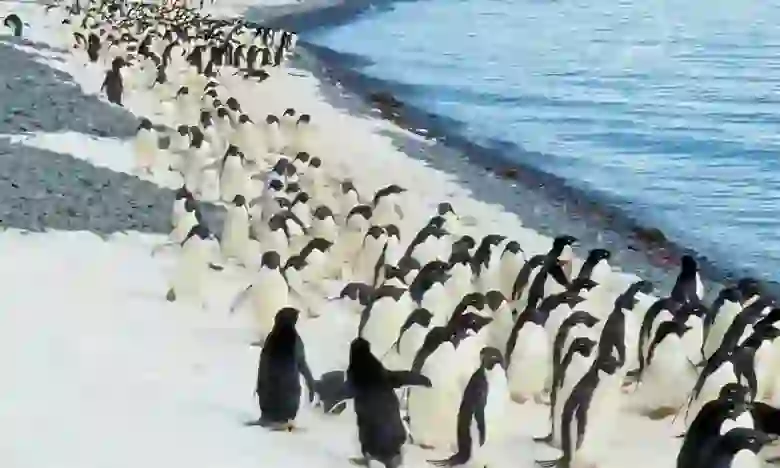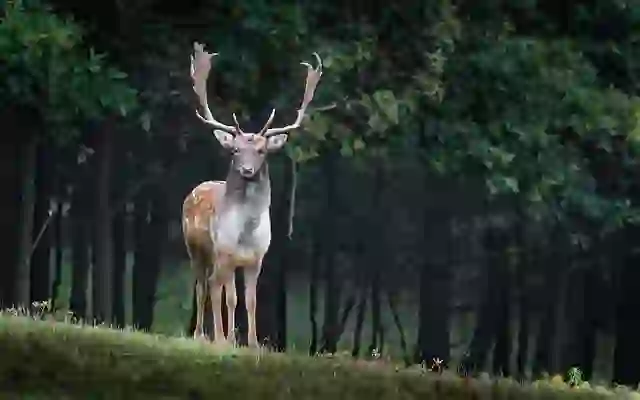
Indo-Pacific Humpback Dolphin
Indo-Pacific Humpback Dolphin
Indo-Pacific Humpback Dolphin
In the waters of Asia, swims a beautiful dolphin with a pale pink hue: the Indo-Pacific humpback dolphin. These dolphins, known for living in shallow coastal waters and their active hunting of fish, are facing a decline in numbers, pushing them towards the brink of extinction. Let's explore the ecology of the Indo-Pacific humpback dolphin and the efforts to protect them.
Indo-Pacific Humpback Dolphin Basic Infomation
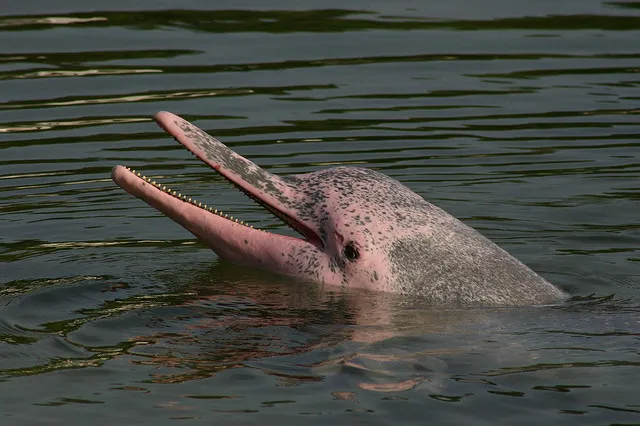
| Property | Value |
|---|---|
| Scientific Name | Sousa chinensis |
| Taxonomic Status | ACCEPTED |
| Rank | SPECIES |
| Vernacular Names | Chinese white dolphin |
| Kingdom | Animalia |
| Phylum | Chordata |
| Class | Mammalia |
| Order | Cetartiodactyla |
| Family | Delphinidae |
| Genus | Sousa |
| Habitats | Coastal waters of the Indo-Pacific |
| Conservation Status | Vulnerable |

Size
They measure about 8.2 to 9.2 feet (2.5 to 2.8 meters) in length and can weigh up to 573 pounds (260 kilograms). Females are slightly smaller than males.
_by_Zureks.webp?alt=media)
Lifespan
Their lifespan in the wild is estimated to be around 40 years.

Distribution
They are widely distributed in the warm waters of the Indian Ocean, the western Pacific Ocean, the Red Sea, and the Persian Gulf. They are especially well-known in coastal China as the 'Chinese white dolphin'. In Japan, they are often seen in southern Japan, particularly around Okinawa and the Ogasawara Islands.
Indo-Pacific Humpback Dolphin Q&A

What is an Indo-Pacific humpback dolphin?
The Indo-Pacific humpback dolphin is a species of humpback dolphin belonging to the genus Sousa.
As their name suggests, they have a small hump on their backs. This hump is located in front of their dorsal fin and is made of fat. They also have a low dorsal fin compared to other dolphins. They live in the coastal waters of the Indian and western Pacific Oceans and prefer shallow waters. They are born gray but their skin lightens to pink or white as they grow older. This is because the blood vessels beneath their skin become visible. They can dilate and constrict these blood vessels to regulate their body temperature, and when the vessels dilate, their skin appears pink. As they age, their skin thickens, and the pink color fades, becoming closer to white. They form small groups of a few to several dozen individuals. They are known to eat fish, squid, and crustaceans. They are also known for their curious nature and may approach boats or swim alongside them.
_by_Zureks.webp?alt=media)
What do Indo-Pacific humpback dolphins eat?
Indo-Pacific humpback dolphins are carnivores, mainly feeding on fish, squid, shrimp, and crabs.
They swim along the shallow seabed, searching for food. They can also use echolocation to locate prey. By emitting sound waves, they can understand their surroundings and pinpoint the location of their prey.

[Quiz!] Why are Indo-Pacific humpback dolphins pink?
Indo-Pacific humpback dolphins are born gray, but their skin lightens to pink or white as they grow older.
This is because the blood vessels beneath their skin become more visible. They can dilate and constrict these blood vessels to regulate their body temperature. When the vessels dilate, their skin appears pink. As they age, their skin thickens, and the pink fades to a more whitish color.

[Quiz!] Are Indo-Pacific humpback dolphins endangered?
Yes, the Indo-Pacific humpback dolphin is listed as 'Vulnerable' on the IUCN (International Union for Conservation of Nature) Red List.
Their population is declining due to bycatch from fisheries, marine pollution, and habitat destruction. Coastal development is a significant threat, particularly in China. Protecting Indo-Pacific humpback dolphins requires fishing regulations, pollution control, habitat conservation, and international cooperation for their protection.

Would you like to become a part of the 'Animalbook.jp'?
Turn your knowledge into Q&A and share it with the world. ※Publication will be activated after purchase. Let's share information together!
Indo-Pacific Humpback Dolphin Type of List

Efforts to Protect Indo-Pacific Humpback Dolphins
- Fishing regulations: Improving fishing gear and practices, and setting catch limits to prevent accidental capture of dolphins in fishing nets (bycatch).
- Marine pollution control: Implementing various measures to prevent marine pollution caused by industrial wastewater, sewage, and ship emissions.
- Habitat protection: Establishing marine protected areas and regulating development to protect the coastal waters where Indo-Pacific humpback dolphins live.
- Public awareness campaigns: Raising awareness about the current situation of Indo-Pacific humpback dolphins and the importance of conservation.
- International cooperation: Because Indo-Pacific humpback dolphins are widely distributed, international cooperation is essential for their conservation.
- These efforts have resulted in a slight increase in the population of Indo-Pacific humpback dolphins. However, they are not out of danger yet. The future of these dolphins depends on the understanding and cooperation of each and every one of us.
Information
Congratulations! You are the first commenter!

Create Your Favorite List!
Indo-Pacific Humpback Dolphin
Save the animals you love! Build your own list to quickly revisit your favorites later.

Would you like to leave a comment?
※Please note: This is for the purchase of rights to post comments within the article.
Find Your Favorites!
Our shop offers a unique and attractive selection of goods themed around various animals.
Indo-Pacific Humpback Dolphin References
Indo-Pacific Humpback Dolphin Introduction of media used
_by_Zureks.webp?alt=media)
Zureks, CC0, via Wikimedia Commons

user:takoradee, CC BY-SA 3.0, via Wikimedia Commons

Help Enrich Our Animalbook.jp with Your Media!
We are constantly looking to expand and enrich our Animalbook.jp with amazing photos and videos of animals. If you have any media that you'd like to share, please contribute and help us showcase the beauty and diversity of the animal kingdom. Your submissions will be credited and featured in our encyclopedia, reaching a wide audience of animal lovers.




